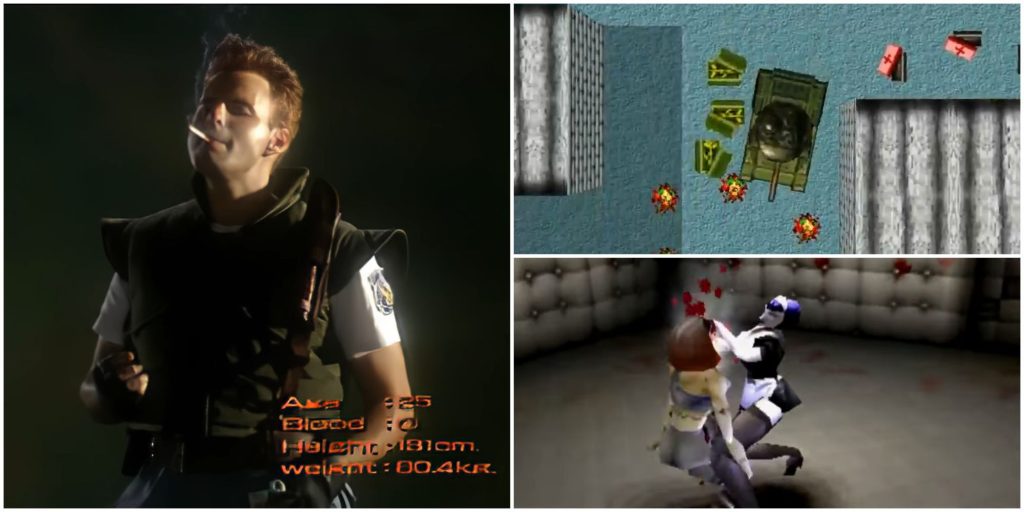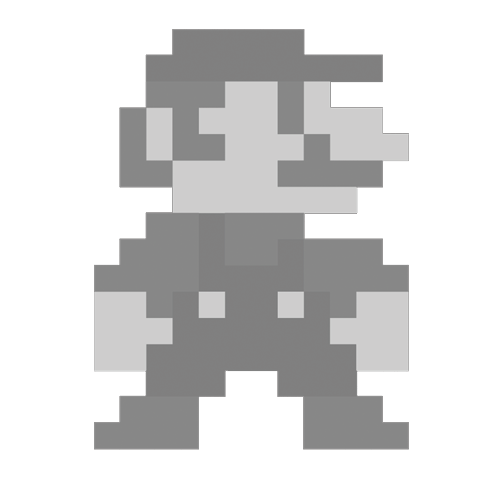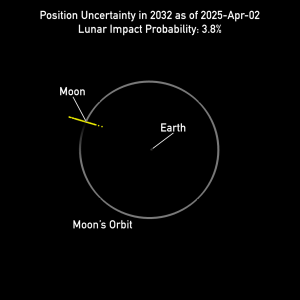Summary
- Formula 1: Licensing issues led to court battles and removals from store shelves, creating legal conflicts.
- Tear Ring Saga: Lawsuits over similarities to Fire Emblem set legal precedent on spiritual successors.
- Duke Nukem 3D: Ported to consoles, drew controversy for violence and sexism, leading to censorship.
Nearly every generation of consoles has some controversy behind it, whether it’s violent and/or gratuitous games that get reams of newspaper articles printed, legal issues that put a big enough bee in some executive’s bonnet to lead to recalls, or consumer issues that turn a promising piece of tech into a pile of junk almost as soon as it hits the market.
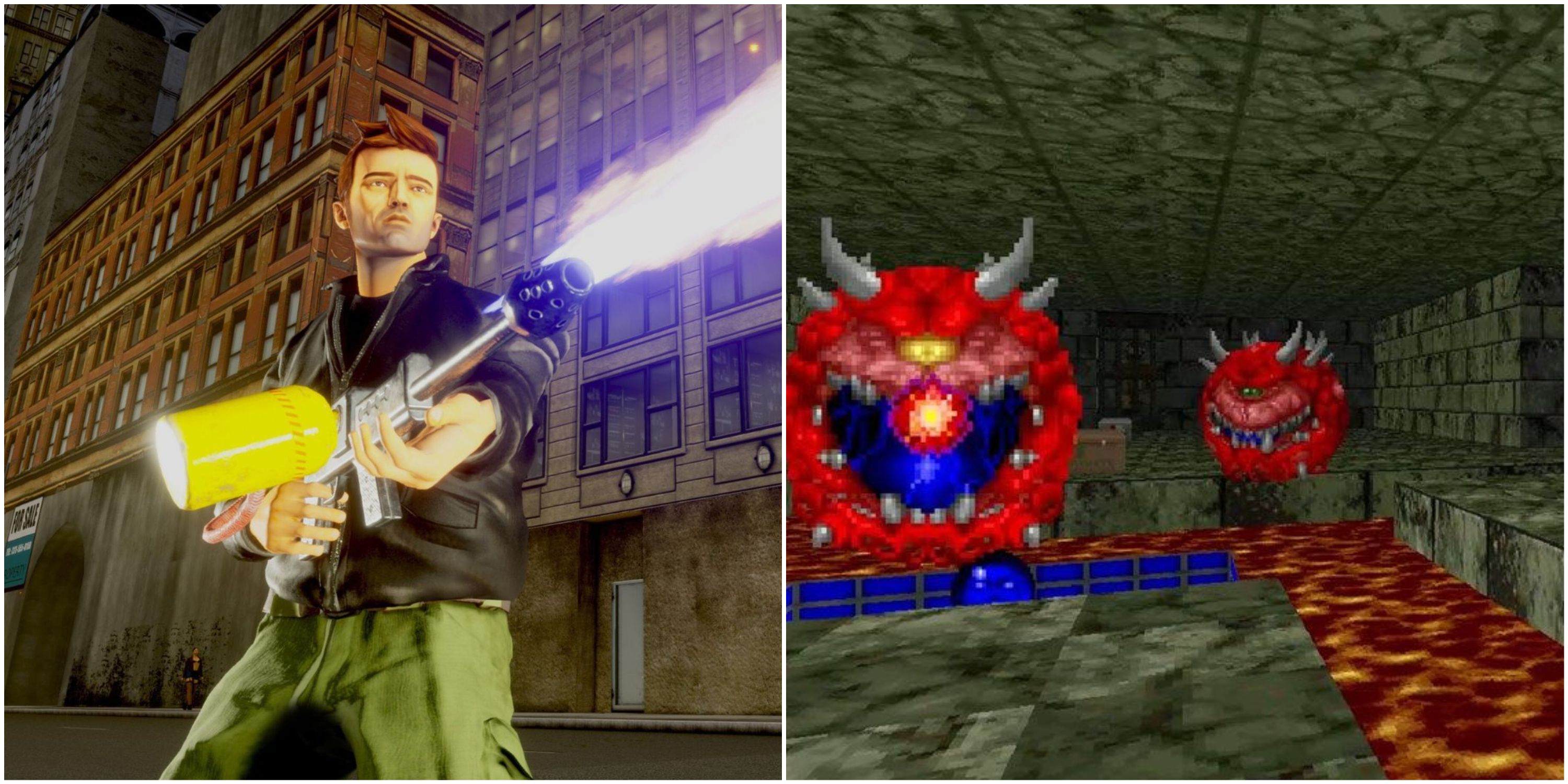
Related
8 Most Controversial PC Games, Ranked
Like any other form of media, PC games have been tangled in countless controversies throughout the years. Here are the most famous examples.
The original PlayStation was no different, as it aimed to be edgier and more mature than the Sega and Nintendo machines their target audience grew up on. But occasionally, these titles played too close to the flame and got burned.
8
Formula 1: Championship Edition
Racing Body Calls Foul on Racing Game
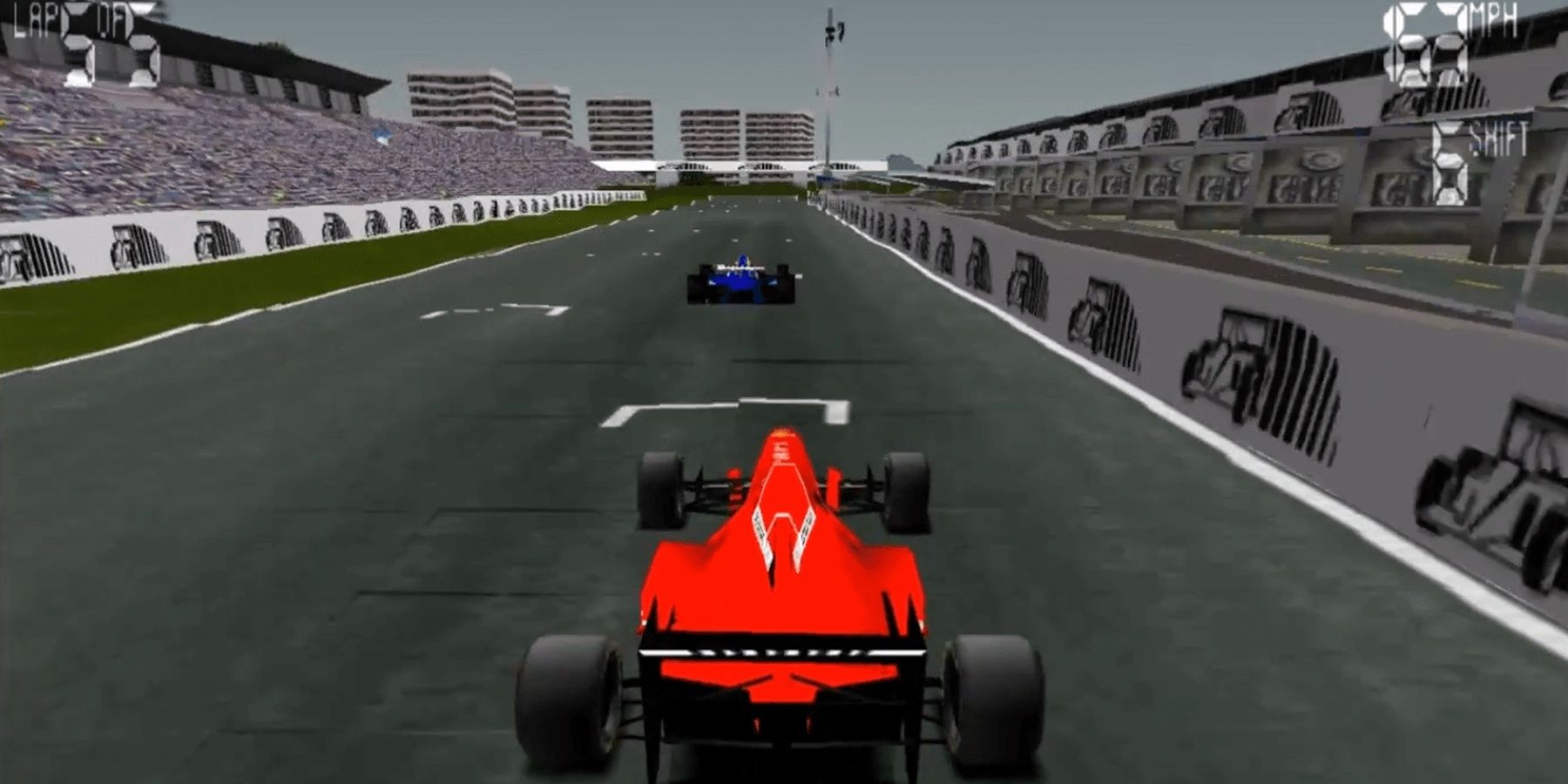
Formula 1: Championship Edition
- Released
-
September 1, 1997
Starting off with a relatively mild one, Formula 1 ’97 was the second entry in the Grand Prix racing series. It was also the last game in the series to be made by future Metropolis Street Racer and Project Gotham Racing developers Bizarre Creations. It’s one of the better racing games for the system but nearly got scuppered by licensing issues.
The Fédération Internationale de l’Automobile (FIA) didn’t like their logo appearing in the game, so publishers Psygnosis pulled it from store shelves and replaced it with a logo-less edition. The FIA still weren’t happy and took the matter to court, but lost their case. Racer Jacques Villeneuve was also hastily removed due to licensing issues but can be reinstated via a little hacking.
7
Tear Ring Saga
Nintendo Unsuccessfully Sues Fire Emblem Successor Three Times
When a famous name in gaming leaves its parent company to go independent, it’s no surprise that they’d try and make a spiritual successor to their biggest hits to get more eyes on their work. Like Koji ‘IGA’ Igarashii making the Castlevania-esque Bloodstained or Keiji Inafune making the Mega Man-ish Mighty No.9. But they weren’t the first to make such moves.
Fire Emblem creator Shozo Kaga left Nintendo to make his own tactical RPG for the PS1 called Tear Ring Saga. Nintendo thought it was too much like FE and sued publishers Enterbrain three times. They ultimately failed to prove Tear Ring Saga infringed their copyright. Nintendo still got ¥76 million in damages, but the case set a legal precedent for how spiritual a spiritual successor could be.
6
Duke Nukem 3D
The Duke’s Love of Blood and Boobs Puts All of His Ports in Trouble
Duke Nukem 3D would be higher on the list if it was purely a PS1 phenomenon. But it was a PC game that got ported to consoles, where they all got equal amounts of heat for their content. It was more violent than its 2D predecessors, more foul-mouthed too, and lets players offer cash to scantily clad strippers to make them “shake it, baby”. As tongue-in-cheek as it was, it didn’t stop people accusing it of being overly violent and sexist.
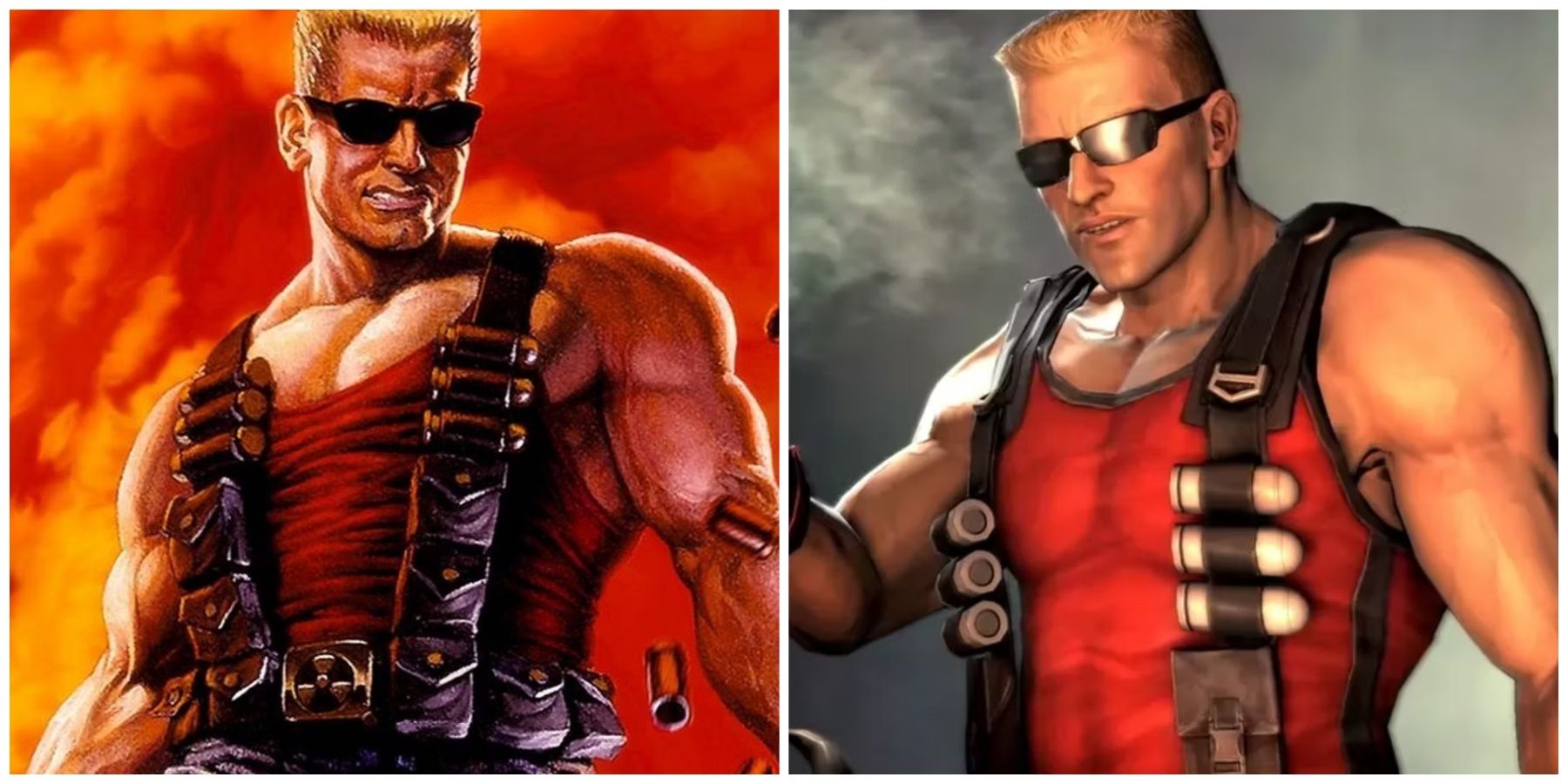
Related
7 Things That Made Duke Nukem So Popular
Duke Nukem is such a beloved franchise and character, and there are plenty of reasons why that’s the case.
The game ended up being censored for release in other countries, like Australia and Germany, but it didn’t harm the series’ popularity. In terms of console ports, the series caught on better on the PS1, where the platform received some exclusive third-person titles, like Duke Nukem: Time to Kill, and Duke Nukem: Land of the Babes. They played up the violence and sexuality the Duke liked to dabble in but avoided the furor DN3D got.
5
Toy Story 2: Buzz Lightyear to the Rescue
Racially Stereotypical Enemies Land Disney/Pixar Game in Hot Water
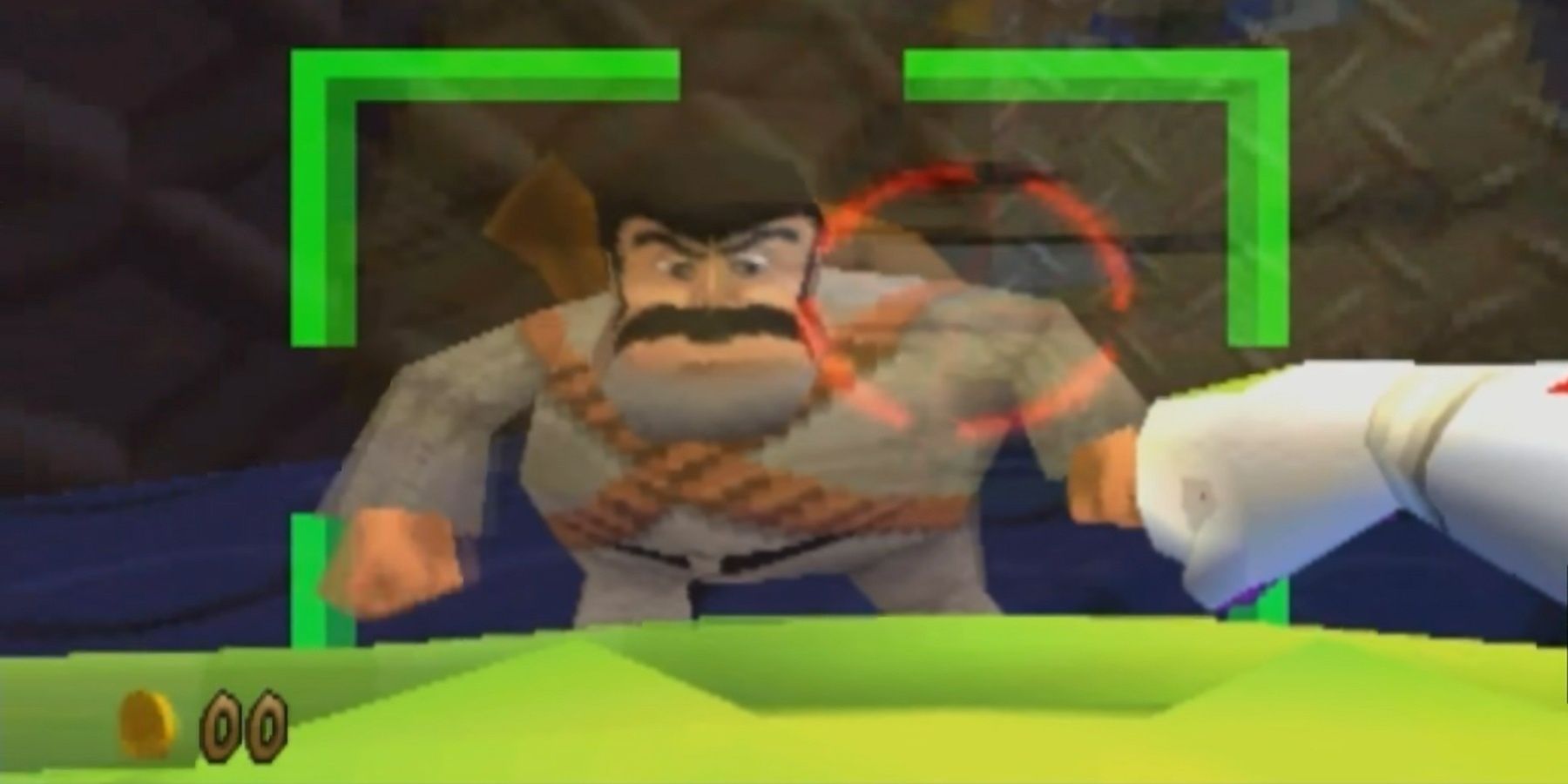
Toy Story 2: Buzz Lightyear to the Rescue
Platformer
Adventure
Shooter
- Franchise
-
Toy Story
- Released
-
November 30, 1999
Yes, a Toy Story-licensed game got in hot water. It’s hard to imagine how Toy Story 2: Buzz Lightyear to the Rescue could upset people, as it was a basic 3D platformer showing what happened in TS2 from Buzz’s perspective. It seemed he had to do a lot of token collecting to help save Woody from Al McWhiggin.
But it also featured original gunslinger enemies, who wore sombreros and had big mustaches. They were basically Mexican stereotypes, which Mestizo activists didn’t care for. They staged a peaceful protest outside Activision’s HQ, which led to the game being re-released with new, plain cowboy enemies instead. But they didn’t recall the original games, so players can still find uncut copies if they look hard enough.
4
Resident Evil 1
Live-Action Violence Was a Step Too Far in 1996
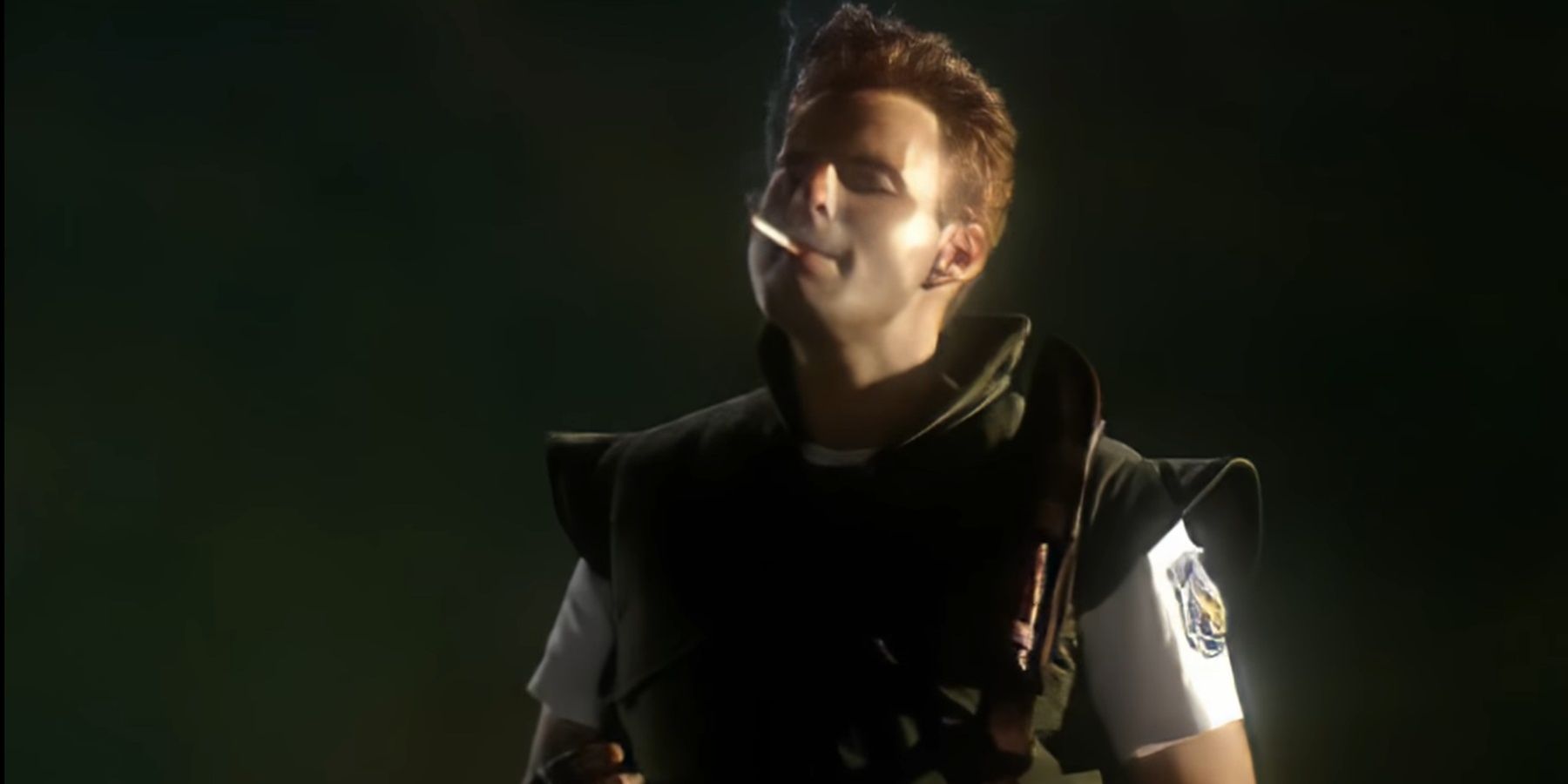
If Mortal Kombat’s fatalities were too strong for people in 1992, Resident Evil wasn’t going to be any easier for them in 1996. However, it wasn’t the bloody zombies, horrific monsters, and decapitations that caused the biggest ruckus. It was the game’s live-action intro. Chris Redfield having a smoke and Joseph Frost getting eviscerated by undead dogs was too much for its original release.
It was meant to be included in its Director’s Cut re-release, but localizers replaced it with the censored intro in order to avoid updating copyright details. Only the PC port and the French & German PAL version had Frost’s bloody demise in (un)living color. To make up for this, Capcom put the uncensored intro on their website for users to download. Though considering this was in 1998, its blurry, low-quality visuals likely censored most of the gruesome details anyway.
3
Grand Theft Auto
The Original Joyride Intentionally Courts Controversy to Sell Units
The Grand Theft Auto games have always courted controversy. The wanton violence of the 3D games was enough to get people in a tizzy, but it’s hard to imagine the original 2D game doing the same. It was just as violent, letting players ride up on the sidewalk to splatter pedestrians like Hare Krishnas for bonuses, yet it feels quaint compared to the sequels.
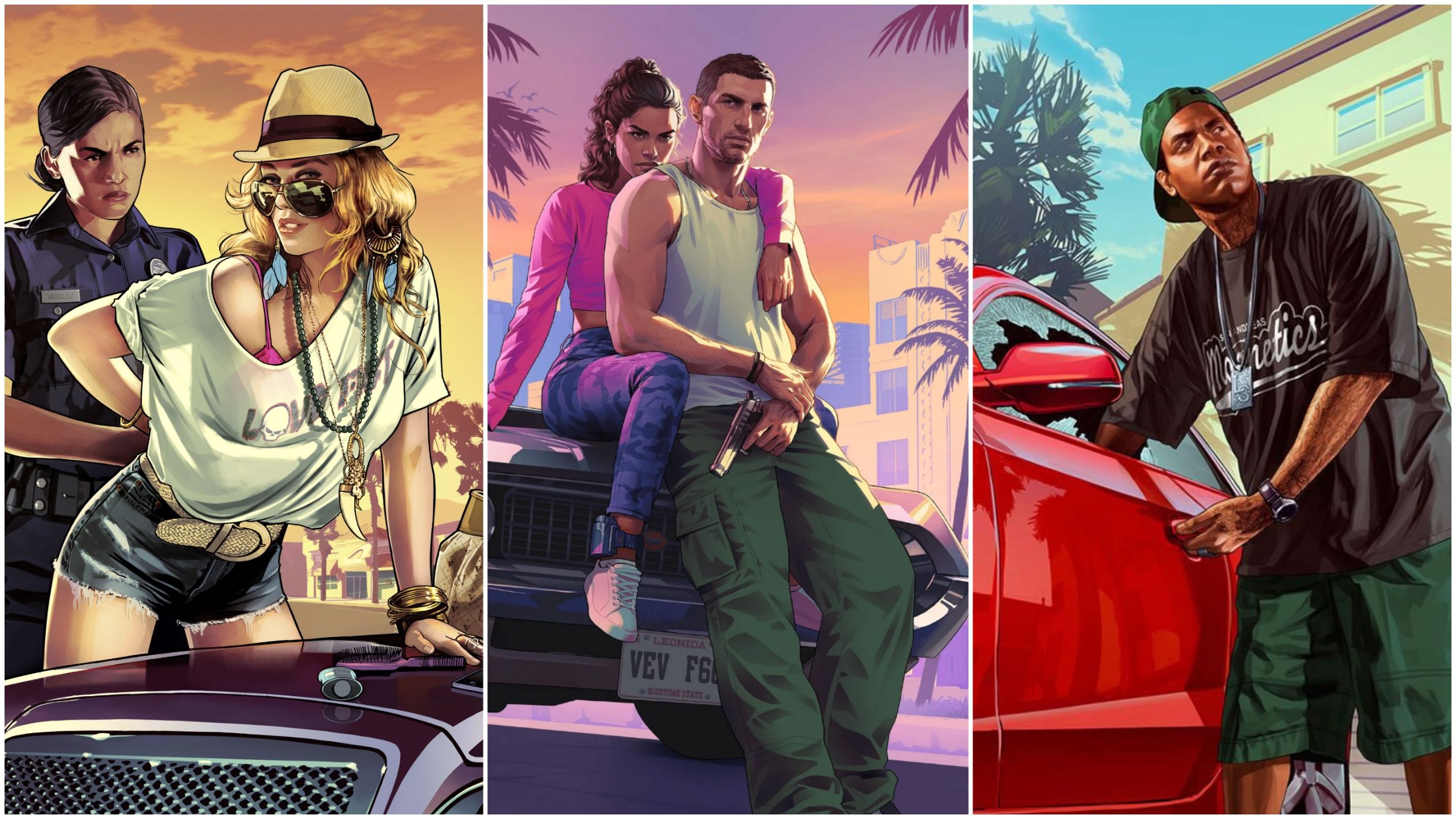
Related
Grand Theft Auto: The 8 Biggest Traditions In The Series
Though the Grand Theft Auto games have featured a lot of variety, there are some consistent themes that are never going away.
Still, it was enough to get the game banned in Brazil and condemned in the press in the UK, France, and Germany. Some of the bad press was intentional, as the late, disgraced publicist Max Clifford pushed sensationalized stories of the game in the press to promote the game. This tactic would land the series in hot coffee once GTA: San Andreas came around 7 years later.
2
Carmageddon
Vehicular Manslaughter-Based Racer Gets Too Hot to Handle
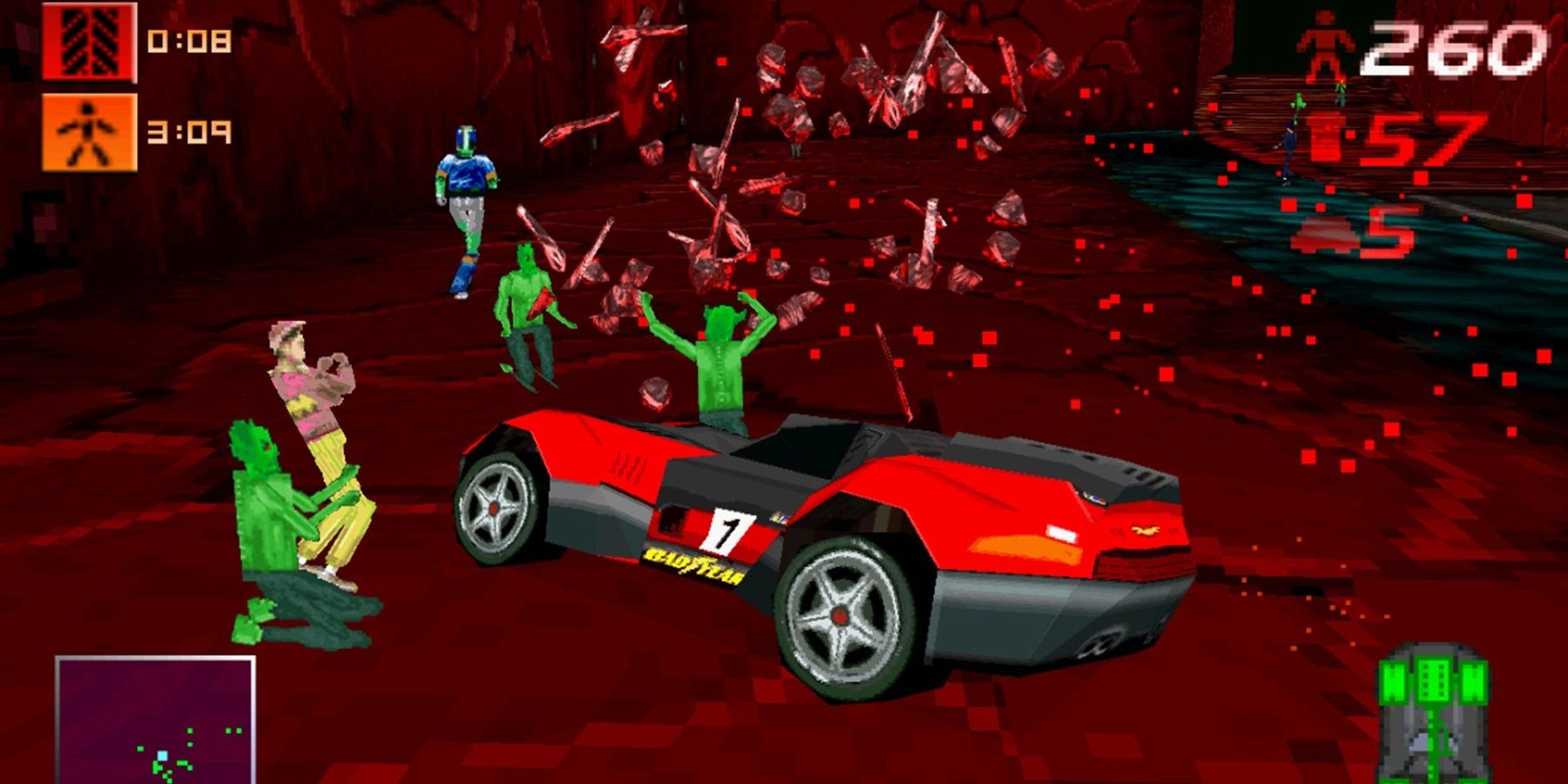
Before GTA let players run over pedestrians in top-down 2D, Carmageddon was letting them do it in full 3D behind the wheel. Running people over was just part of the mayhem players had to cause to get ahead in the game, alongside smashing other racers’ cars, collecting bonuses, and reaching the finish line.
Like Duke Nukem 3D, its controversy began on PC, where its pedestrian-smashing gameplay was outright banned in several countries. It was eventually released via a censored version that replaced the people with green-blooded zombies, or oil-fueled robots. Surprisingly, Australia, usually more sensitive on these matters, let the game pass uncut with an MA15+ rating.
1
Thrill Kill
Fighting Game with Serial Killers, Dominatrixes, and Demons Gets Canned Before Release
What can be more controversial than being banned? Not getting released at all. Thrill Kill was practically complete when its publishers, Virgin Interactive, were bought by EA. They considered the game too violent for release and canned it at the eleventh hour. All it had was a cannibal who fought with a dismembered leg, a dominatrix who whipped people, and plenty of decapitation attacks.
It was an edgy game, though that didn’t stop GTA or Carmageddon from being released the year before Thrill Kill was due to debut on the system. In the end, developers Paradox Development reused its engine to make Wu-Tang: Taste the Pain and the X-Men: Mutant Academy games. However, players can still find bootleg versions of Thrill Kill online today if they know where to look.
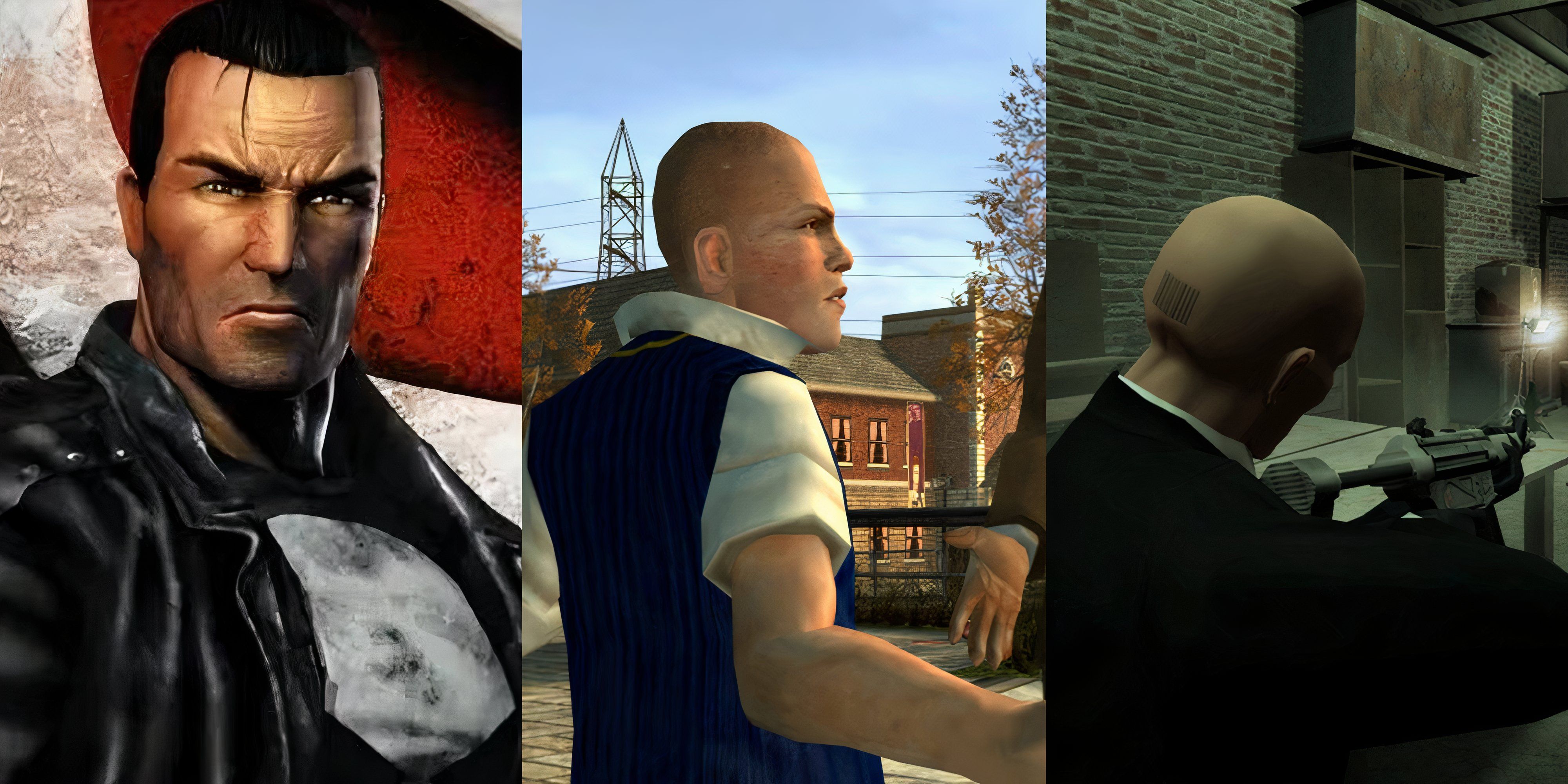
More
7 Most Controversial PS2 Games
As games became more detailed, their depictions of violence did too, and it resulted in these PlayStation 2 games garnering a lot of controversy.



